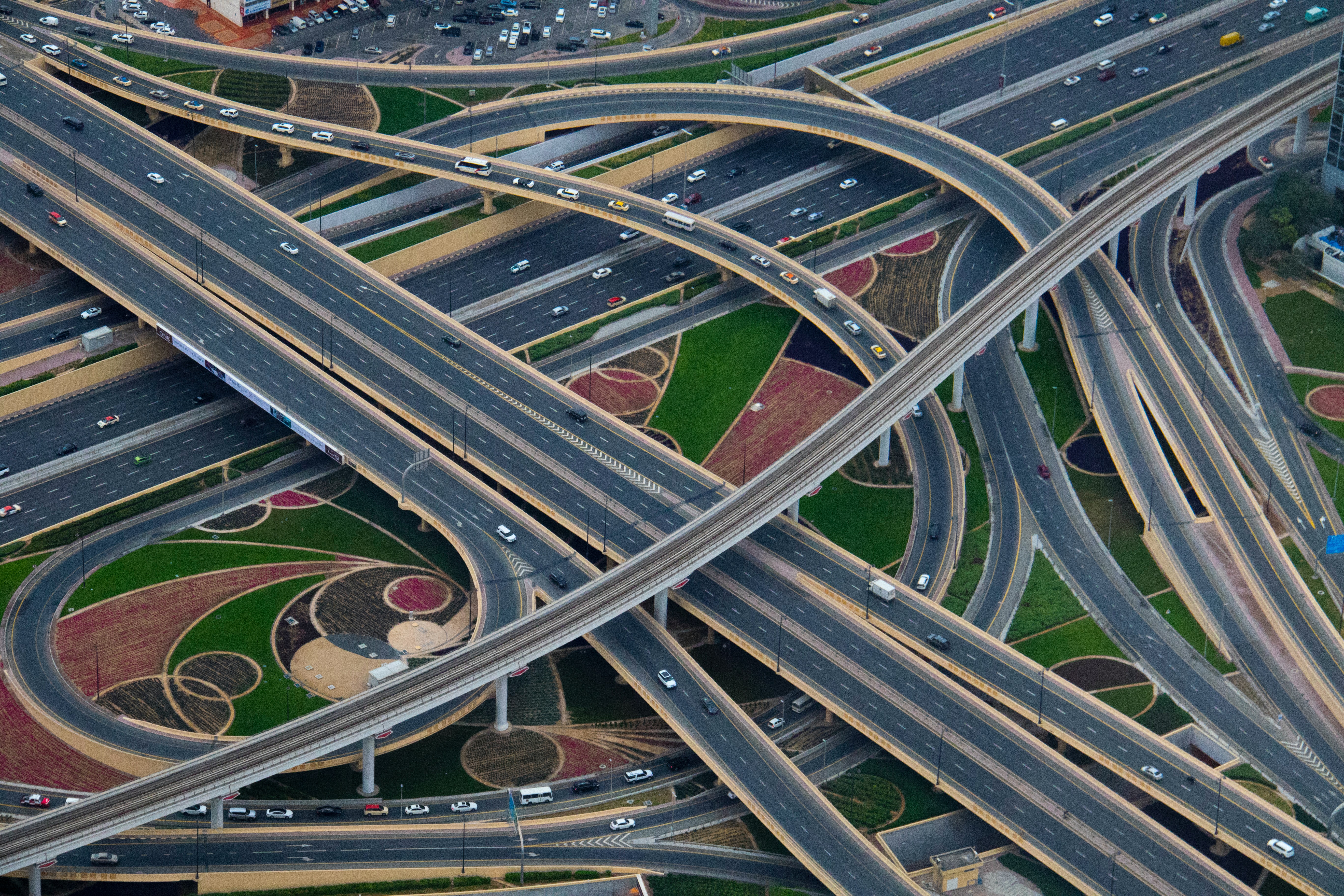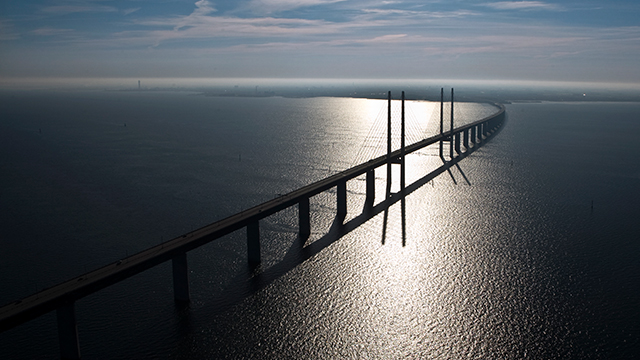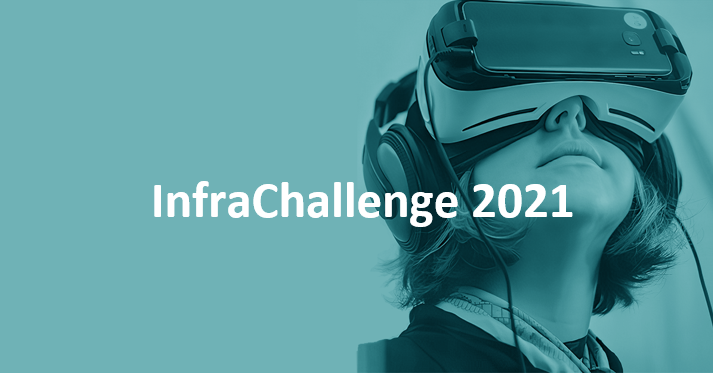844 results found
Featured results



More results
Global Infrastructure Hub recently hosted a presentation and panel discussion of Connectivity across Borders, our latest reference guide, which presents global practices for the successful delivery of infrastructure that crosses national borders.
David Baxter discusses how climate change and COVID-19 reveals an urgent need for resilient infrastructure.
Discover how you can get involved with InfraChallenge 2021, applications close 12 March.
The Global Infrastructure Hub (GI Hub) strives to be an organisation where the different backgrounds and perspectives of our people contribute to diversity of thought and approach, enabling us to better live our values and achieve our mission. This diversity includes gender diversity with an awareness of our particular ability to bring attention to the need for gender equality and inclusion in infrastructure.

On average, around 40% of the primary infrastructure transactions that involve private sector participation also involve a public institution. However, this varies by income group.


Policy and regulatory implications of recent advances in the benchmarking of infrastructure investments.
As stimulus spending ramps up, a ten-year trend study shows private investment in new infrastructure has declined since 2010.
A recent webinar co-hosted by Jacobs and the Global Infrastructure Hub focused on turning inclusivity frameworks into practical results in infrastructure planning and delivery.
From robust governance to leadership, discover why Singapore is a global leader in infrastructure.
Cross-border infrastructure is essential for connectivity. The GI Hub has created a reference guide that presents key learnings and global practices for successful cross-border projects, drawing from a comprehensive literature review, analysis of case studies and the input of international experts in cross-border projects.
The future of infrastructure mega-projects was explored recently by an international panel of experts in a webinar co-hosted by the Columbia University School of Professional Studies and Global Infrastructure Hub. The event took place as the global community begins looking towards a period of post-pandemic recovery and what the future of infrastructure may look like.
InfraChallenge is looking for practical and scalable tech-based ideas for building and maintaining better, more resilient infrastructure.
How can hospital PPPs learn from the past to adapt for a post-COVID world?
Cost SAR 50 Million The project is fully funded by the government
As a part of a Balanced National Development project, the project is planning to build a 174.2km long railway starting from Gimcheon, Gyeongsangbuk-do to Geoje, Gyeongsangnam-do.
Toyama City is now a global role model as a Compact City, but Toyama used to be a typical Japanese city challenged by urban sprawl with an ageing and declining population
Incheon Bridge is the world?s 5th longest cable-stayed sea crossings. It connects to 2nd and 3rd Kyungin and Seohaean expressway, and as a result shortens the journey time from Seoul metropolitan areas to Incheon Int?l Airport by 40 minutes.
Fukuoka City is one of the most prominent cities in Japan today
Taiyuan, like most northern cities in China, faces a serious shortage of clean heating and heat sources. Under the double pressure of environmental protection and people's livelihood, the Taiyuan government has adopted a low-cost, low energy consumption, environmental protection, which takes into account environment, peoples? livelihood and safety such as the Gujiao power plant, a long-distance transmission heat supply project using waste disposal heat.
As issues such as energy security, environmental protection and climate change become increasingly prominent, accelerating the development of new energy has become the general consensus and concerted action of the international community in order to promote energy generation transformation and address climate change.



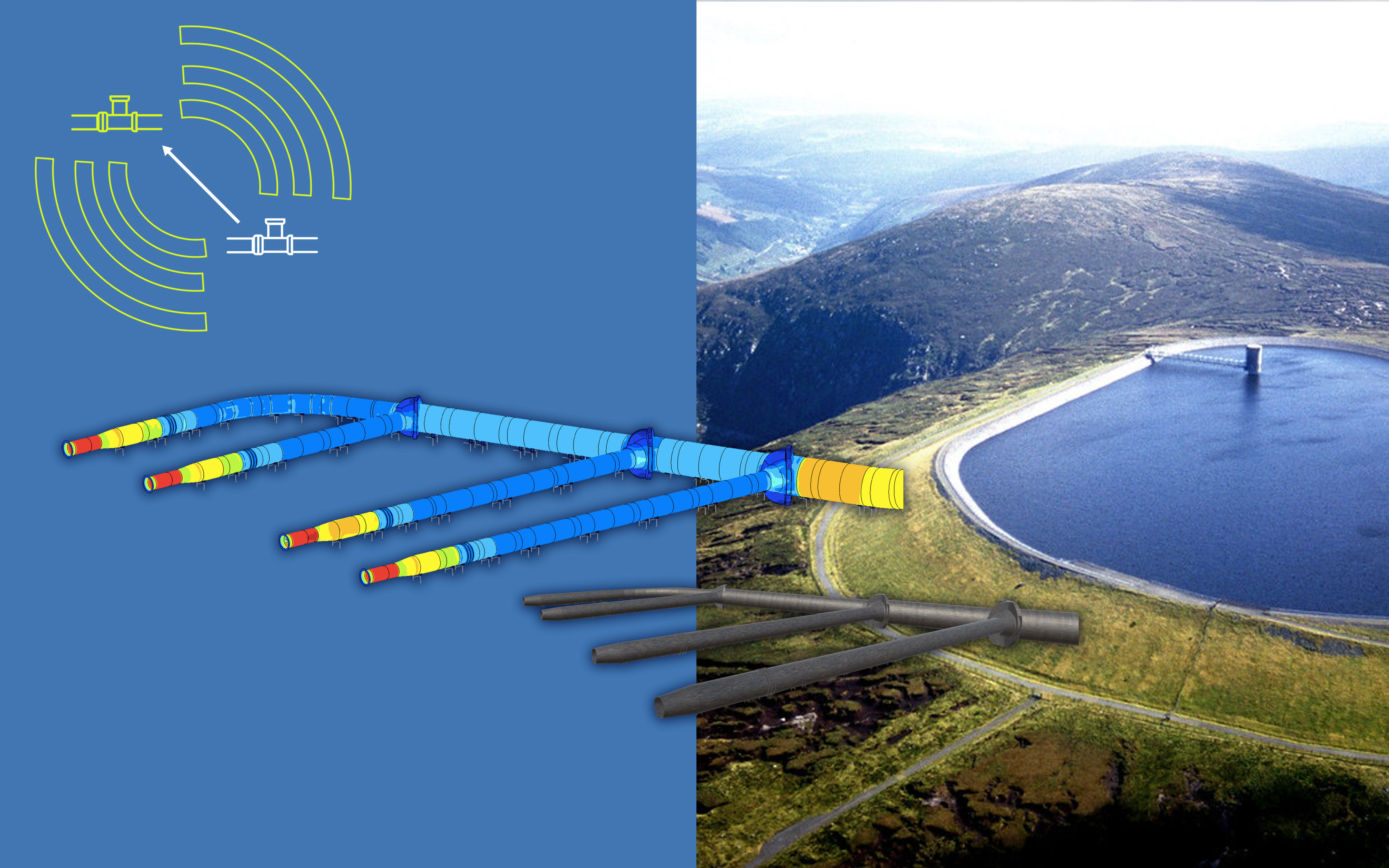
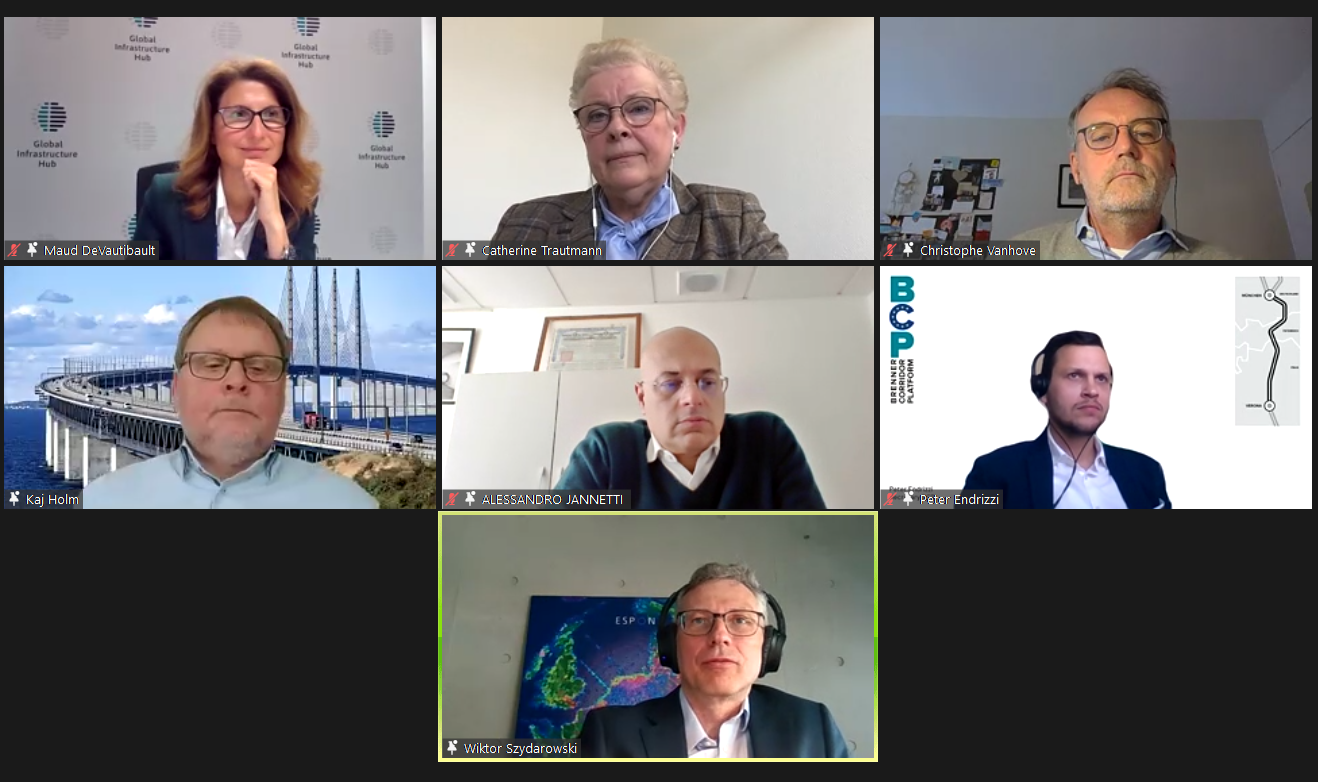




 Infrastructure Monitor 2020
Infrastructure Monitor 2020
